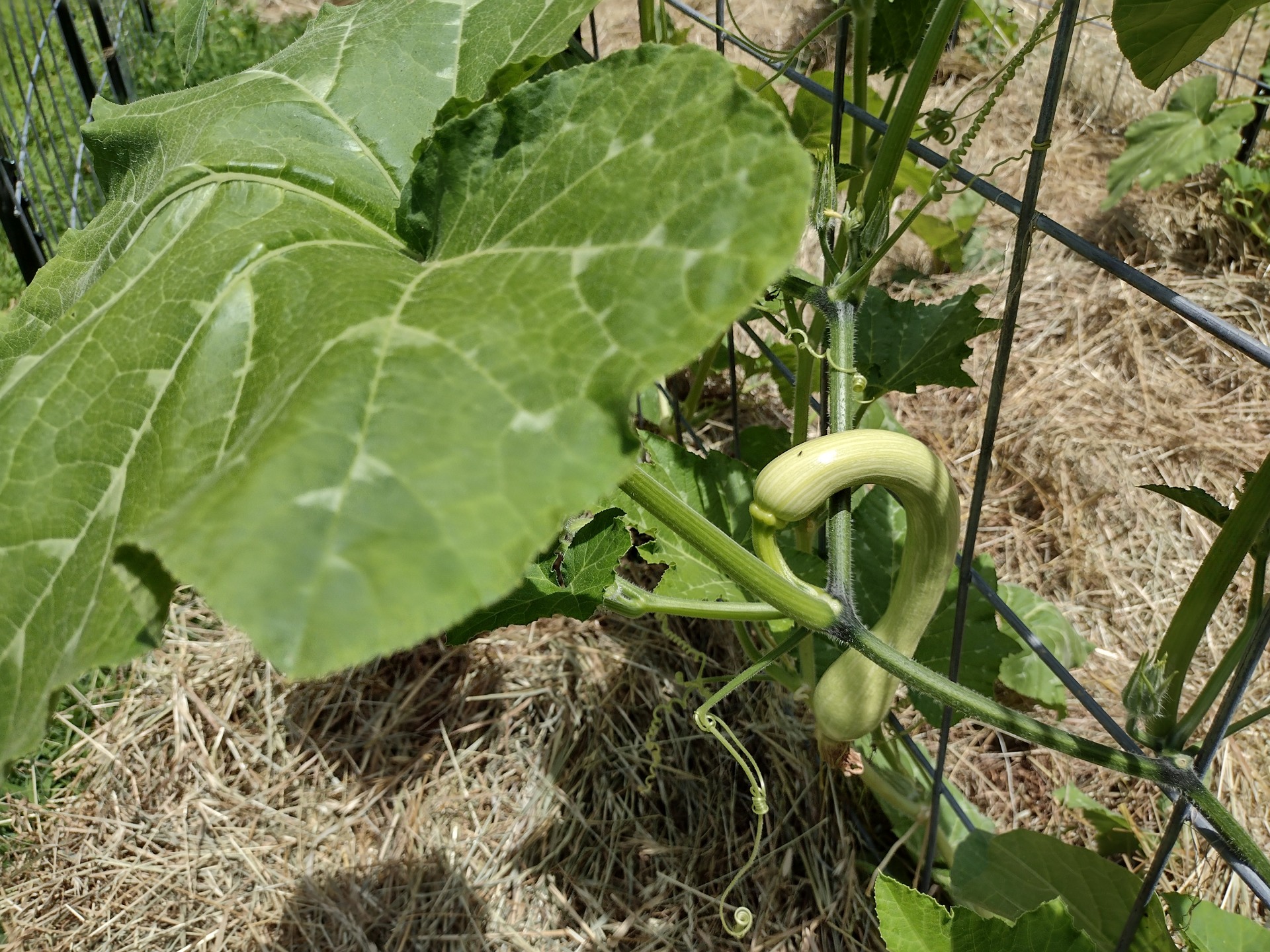
Everything is growing! Here are some images from this week.
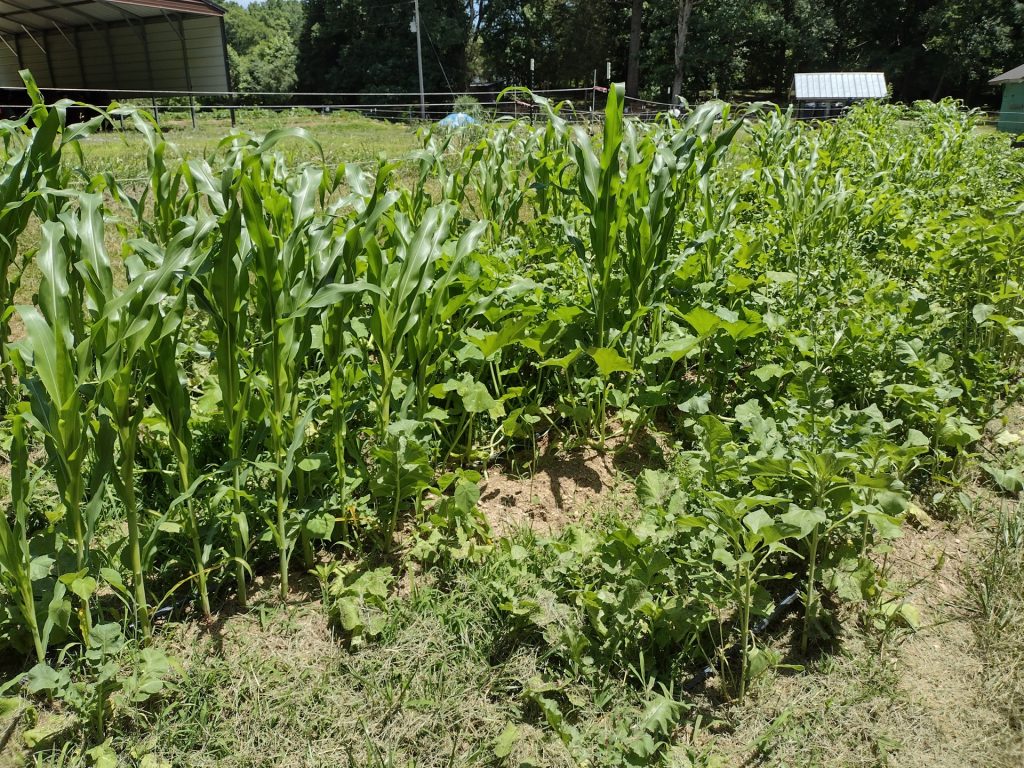
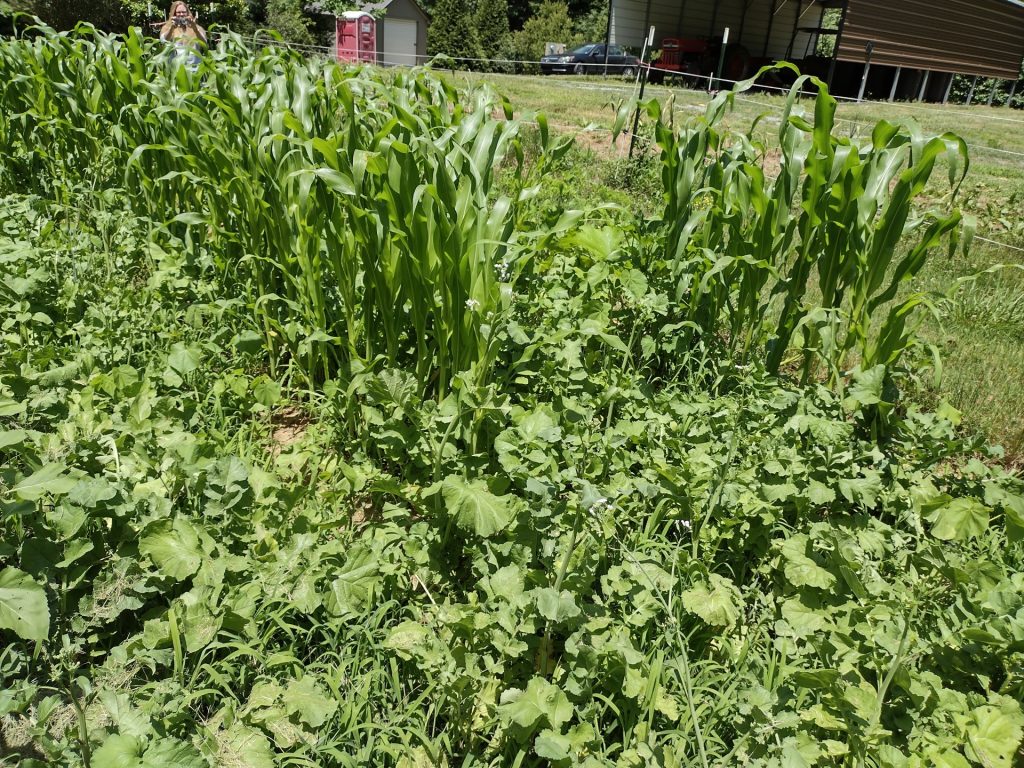
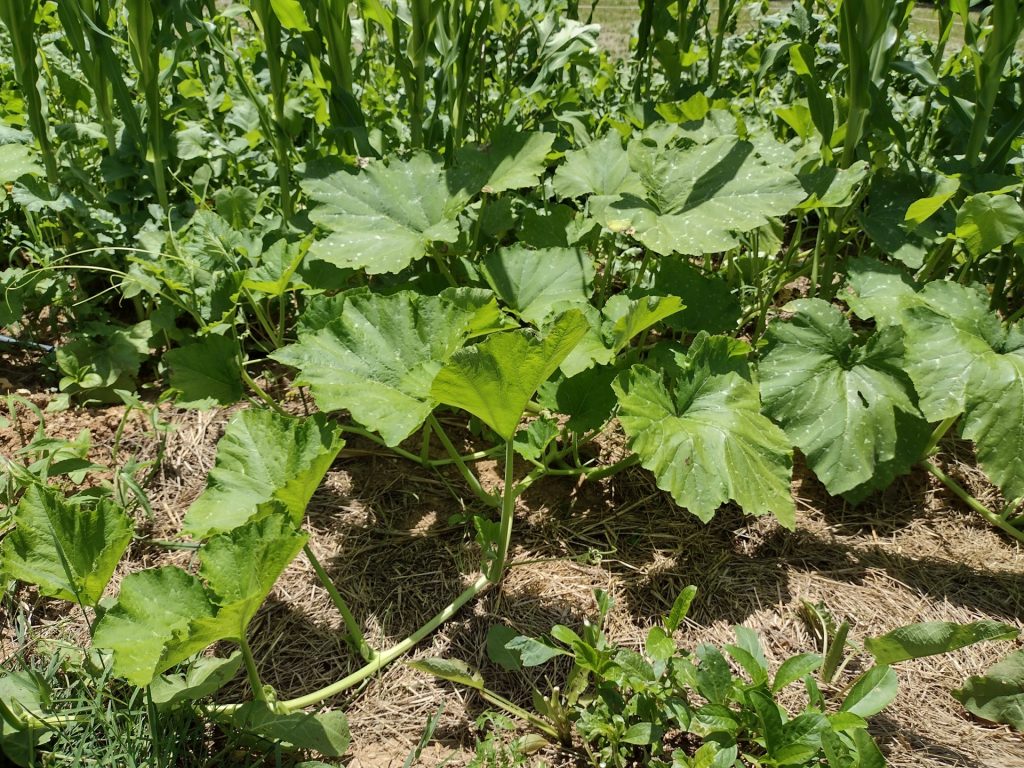
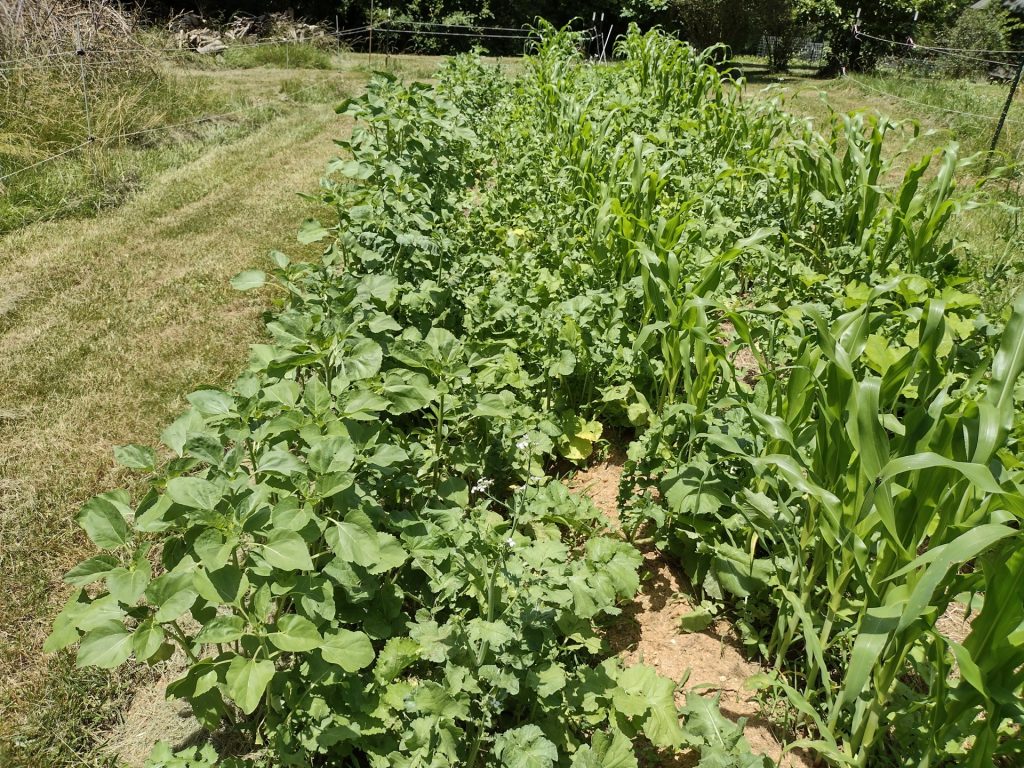
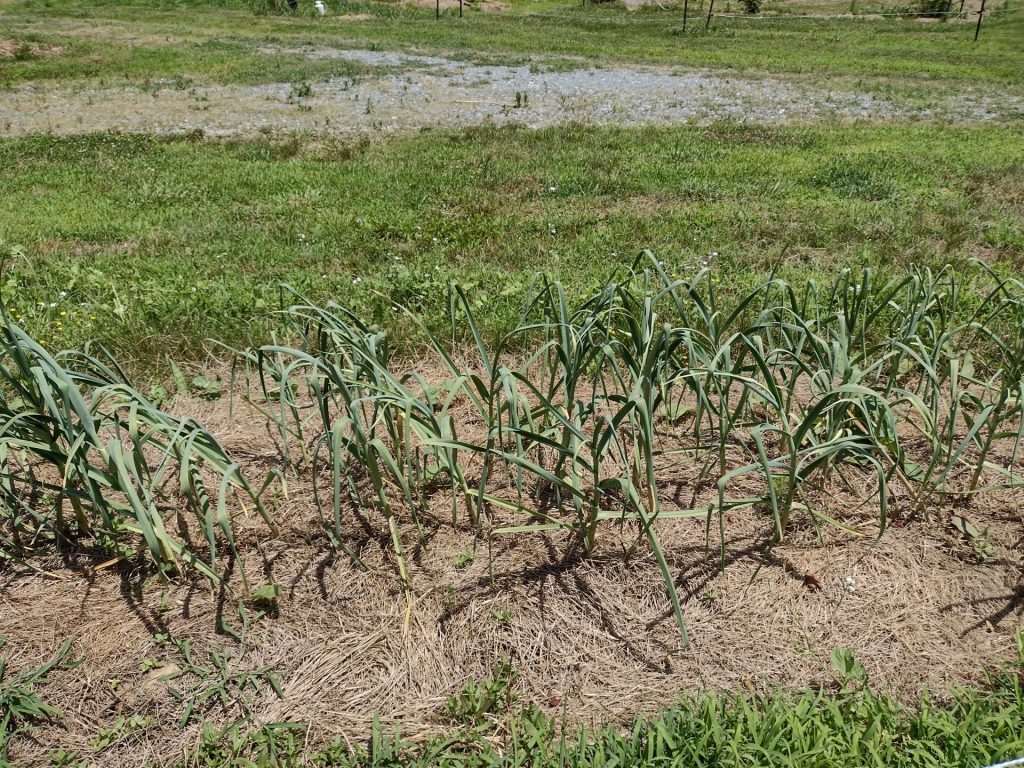
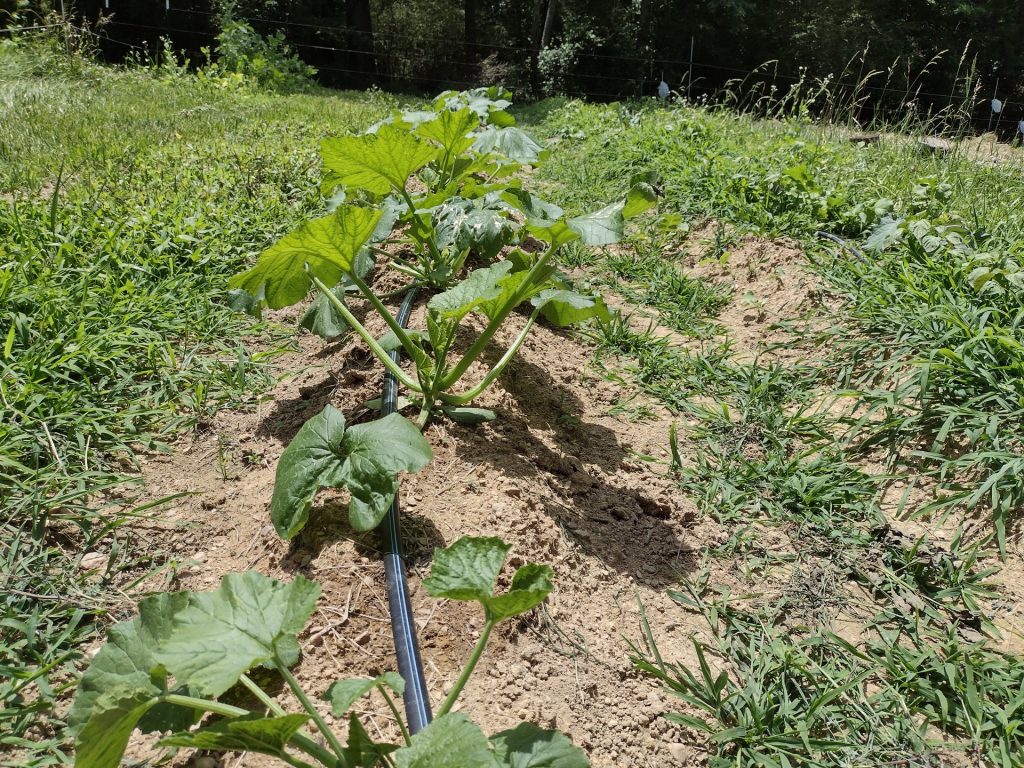
























Everything is growing! Here are some images from this week.






























Lets take a walk around the farm and see what is growing!
One of the topics that comes up in the video is the concept of imposing my will on the farm. Planning for the growing season requires creating a calendar of when to do what. Different crops need to go in at different times so that requires planning. We need to have the ground ready to plant. This year is very much a building year so we had infrastructure that had to go in. We put in:
We have also been working to add additional perennials this year
The garden beds are shaping up. They spent the last three months under a silage tarp but are now mostly ready to plant. The elderberries, figs and peaches are growing.
We also did work in the food forest area that we started building in 2021. We added a trellis for the blackberries and covered the hugelkultur mound with a silage tarp for 3 months to help suppress weed growth this summer. We also put down a biodegradeable paper around the bushes and trees and covered it with hay.
These have been great successes. Which would not be possible without everyone that has helped out on the farm. Our farm is structured as a communal community farm. We have another family that helps out. We share the harvest with them. Having their help has made this possible.
One of the challenges of accomplishing these things is timing. It is critical to have materials (hay, biodegradeable paper, plants, hardware and lines for the drip irrigation, and a bunch of various item) in place and ready to install. The next step is to have a plan where the materials and manpower are ready to go. I developed a calendar for the year. Then each week we have a list of items to accomplish. The list makes helps everyone to plan their time and know what tools to bring. It also helps us to work as a group and sometimes to break down in to 2 groups to work on some items in parallel.
Weather is always a factor with outdoor activities like hiking or camping. Weather is an even bigger factor with farming. Not only the weather on the day you plan to work in the fields but also the weather leading up to the days you have planned to work.
If the fields are wet, then you may have to wait for them to dry out before preparing beds or planting. If the soil isn’t warm enough then seeds won’t germinate. A late frost can kill young plants. Maybe the tractor breaks down in the middle of the field (been there).
It takes effort and organization to
Days and weeks before you
So you have all this lined up and on the calendar. But that doesn’t mean it will happen. Weather, equipment issues, or other frustrations can keep your plans from happening.
My desire and my decision to do X,Y, and Z on a certain day doesn’t mean it will happen. My will to accomplish work on the farm is totally subservient to reality of circumstance. There are many things that can delay plans or even cancel them. Its really easy to assume that because I planned something and got everything ready, then it will happen. The life lesson comes when it doesn’t . Farming will teach that life lesson again and again. I’m not able to impose my will on the farm. It works better if I set up goals and plan for success but not get upset if those plans don’t work out. Humility wins. Farming, or even gardening, will definitely teach you humility, patience and the value of a backup plan / rain date.
Parting words: plant a garden!

Our food forest is starting to grow with the warmer weather. Here are some pictures




It is the time of year where you never know if it is going to be an 80 degree day or a 40 degree day. We are still getting ready to start planting our summer garden. This was also the first time I mowed the grass for the season. More and more plants are starting to grow. The drip irrigation system is still a work in progress. Once we have the planting beds made then we can put down the drip tape and test the system.




We had a fairly mild winter so the weeds started growing early in the garlic beds. This year we put down hay twice to try and suppress weed growth. Hopefully we can avoid a lot of weeding this way. I was pleasantly surprised that our garlic beds survived our neighbors cows getting loose and trampling the plants earlier in the winter.
We have several patches of wild American Mandrake. It grows in the shady areas. I’m hoping that we can actually try some of the fruit this year. That would mean that we would have to time picking it just right. If we wait too long the squirrels and deer will beat us to the ripe fruit.


The Mayapples are up and thriving. We noticed the fruit starting to form. We are hoping to try the fruit this year, assuming we can beat the deer and raccoons from eating it first.


We put down silage tarps earlier in the winter. The goal is to help with weed control and terminate the fescue grass under the tarp. This weekend we moved the silage tarp from the vegetable rows (picture below – 6 bed with 2 rows per bed that are 30 inches wide by 35 feet long) to what will become a cover crop area adjacent to the first row of fig trees in field #2.

The garlic should be ready sometime in early July. This year we’ve used hay to help and control the weeds in the garlic bed. This is the second application of hay to these rows. The hay adds organic matter to the soil as it composts.

The Iris are coming up. We planted them in the fall. We just added partially composted wood chip mulch around them to help protect them from the summer heat and control weeds. The chips came from a local tree service company.


Let’s start off with what is a Hugelkultur mound. Here is a great video that explains Hugelkultur

We built our first hugelkultur mound in our garden at home. The mound is about 35 feet long and used trees that we had cleared on the back of the property. It has worked great for growing squash. We use drip watering to keep the plants watered. We have noticed that the hugel mound requires more water than the conventional garden areas. I expect that to reverse as the logs in the hugelkultur mound (about 1-2 years since the trees were cut) decompose.
My original goal with to build at least 2 large hugelkultur mounds on our hobby farm property. We had a great growing experience with the hugelkultur mound at our house, so why not try it on a larger scale.
When we put in the driveway, there were two problems what we were able to turn into opportunities. The first is what to do with the top soil that was removed before the membrane and gravel can go down. We also had to decide out what to do with the tree trunks and limbs from the trees that were cut down to build the driveway.
There was never going to be a better time to build the first hugelkultur mound on the new property. So we used the logs, limbs and top soil to build the first one. The mound ended up being 85 feet long, 30 feet wide and about 8 feet tall.

We installed drip irrigation and planted winter squash, watermelons, pumpkins and cantelopes. I was pleasantly surprised by the number of winter squash and pumpkins.
One of the tasks for Saturday was to cover the entire mound with a 35 x 100 foot silage cover. Of course it wasn’t windy until after we started spreading the silage cover. Do you remember going out into the parking lot in elementary school where your class surrounded a parachute? This felt pretty similar with the wind getting under the tarp.


You can see the bumps where the wind kept getting under the tarp as we were getting it in place and held down.

Once the tarp was in place, we’ll leave it there until just before we plant at the end of April as way to suppress any weeds.